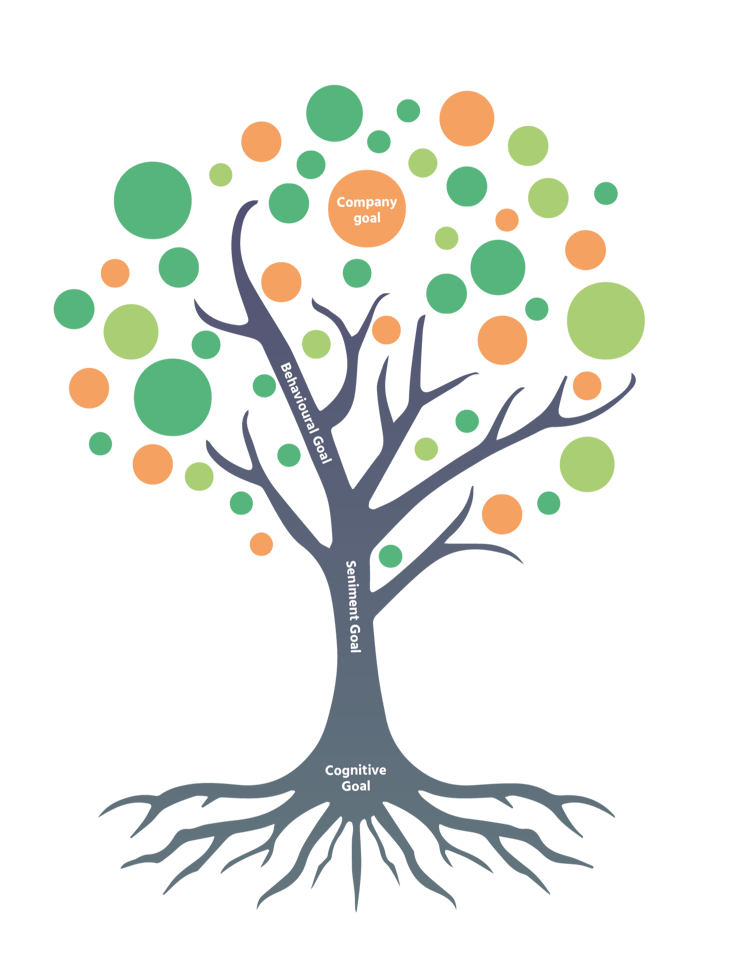Setting measurable event objectives
In order to measure the success of your event you need to know what success looks like for you. For your team. For your organisation. This begins with establishing clear and measurable objectives.
For example, imagine you are organising a prospecting event for a SaaS business. You have 300 people attending who have demonstrated interest in the product your company offers.
What would you set your objectives as?
The temptation might be to accept the event objective as increasing sales. However, for most B2B businesses the sales cycles are often long with many different touchpoints in between.
The most meaningful objectives for event teams are ones that can be measured a few days after the event. These demonstrate the true value of the channel and are the most useful for ensuring your events meet the needs of attendees and stakeholders alike.
So if not 'increase sales' what objectives should you consider setting instead?
Events are often part of a wider campaign of activities. In this case there might be a number of things happening including sales training, online demos, outbound marketing and more that are impacting sales revenue.
Metrics that events teams can measure is an attendee's intention following their presence at an event. How has the event shifted their intention to act following an event.
This is where the Explori event impact tree comes into play.
There are four parts to the Explori impact tree that helps organisers set measurable objectives that link back to their company objectives.

Company goal
This is the fruit of your tree. You wouldn't plant an apple tree and expect to grow oranges. Equally you wouldn't organise an event to contribute to increased sales if the aim was to impact on staff retention. Start with the end in mind and build all your metrics out from this point.
Cognitive goal
What do you want your attendees to know when they leave your event? This will differ if you are thinking about your trade show booth vs an internal training event. This helps you laser focus on what you are teaching your attendees. It might be about updating the sales team on a new product or feature or increasing your prospect's understanding of what problem your product/service solves.
Sentiment goal
How do you want your attendees to feel after your event? Sentiment objectives are where we begin to get into measuring brand affinity. This is a fantastic opportunity to understand how events are used to communicate brand values to attendees. i.e. how many attendees believe your company is a leader in eco-technology?
Behavioural goal
What do your attendees intend to do after the event? This is critical. As described at the beginning of this post often the success of an event hangs on the number of sales, subscriptions or partnerships that have resulted. This is often a flawed approach as there are several touch points involved which aren't within the control of an events lead. Setting a behavioural objective such as intention to remain an employee of your company or intention to participate in a follow up meeting are a better indicator of the usefulness of the events channel.
Establishing the correct objectives for your event is the first step to successfully measure your events. And the great thing about this structure is it can be easily incorporated into your humble survey. By requesting quantifiable feedback from your events you'll be able to build powerful insights which highlight the value of the events channel to your company's core objectives.
Take your learning further by downloading the Event Impact Playbook.
.png?width=150&height=61&name=explori_logo%20(1).png)


